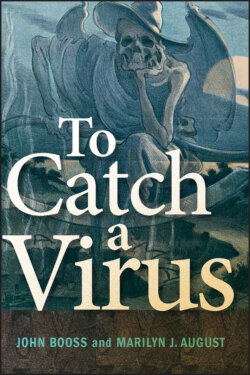Читать книгу To Catch a Virus - John Booss - Страница 19
Introduction
ОглавлениеWork with human volunteers for the study of yellow fever had created a backlash in Cuba, and Walter Reed had recognized that it was impossible to proceed. Unlike bacterial agents, which could often be grown on artificial media, viral agents required living cells in which to replicate. In viral diseases of plants, such as tobacco mosaic disease, the natural host was readily available and appropriate. The same was true of viral zoonoses, such as foot-and-mouth disease. For human diseases, such as rabies and polio, nonhuman hosts were necessary to isolate and characterize the etiological agent. Hence, efforts were made to isolate filterable viruses in a range of animal hosts. In addition, the embryonated egg was adapted from studies of embryology and physiology for the study of filterable viruses. In the case of rabies, a zoonosis that spreads from animals to humans with catastrophic results, the development of animal models might be expected to be productive. In contrast, polio and human influenza were not known to have animal hosts, nor was an animal host known for yellow fever. Yet, isolation and study of the agents for each of these diseases were achieved in experimental hosts. First for discussion is rabies.
